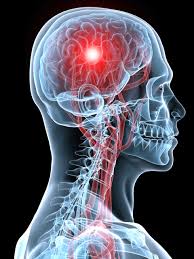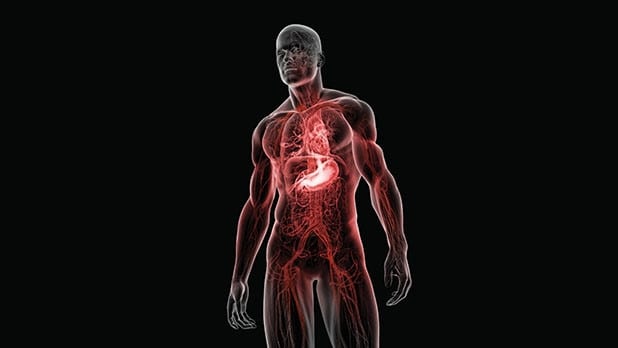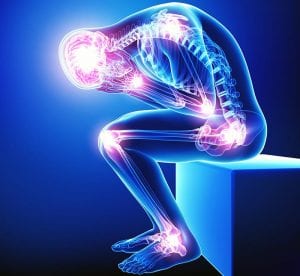Lowering your meat intake may reduce cataract risk
By David Dunaief, M.D.

Cataracts affect a substantial portion of the U.S. population. In fact, 24.4 million people in the U.S. over the age of 40 are currently afflicted, and this number is expected to increase approximately 61 percent by the year 2030 — only 10 years from now — according to estimates by the National Eye Institute (1).
Cataracts are defined as an opacity or cloudiness of the lens in the eye, which decreases vision over time as it progresses. It’s very common for both eyes to be affected. We often think of cataracts as a symptom of age, but we can take an active role in preventing them.
There are enumerable modifiable risk factors including diet; smoking; sunlight exposure; chronic diseases, such as diabetes and metabolic syndrome; steroid use; and physical inactivity. I am going to discuss the dietary factor.
Prevention
In a prospective (forward-looking) study, diet was shown to have substantial effect on the risk reduction for cataracts (2). This study was the United Kingdom group, with 27,670 participants, of the European Prospective Investigation into Cancer and Nutrition (EPIC) trial. Participants completed food frequency questionnaires between 1993 and 1999. Then, they were checked for cataracts between 2008 and 2009.
There was an inverse relationship between the amount of meat consumed and cataract risk. In other words, those who ate a great amount of meat were at higher risk of cataracts. “Meat” included red meat, fowl and pork. These results followed what is termed a dose-response curve.
Compared to high meat eaters, every other group demonstrated a significant risk reduction as you progressed along a spectrum that included low meat eaters (15 percent reduction), fish eaters (21 percent reduction), vegetarians (30 percent reduction) and finally vegans (40 percent reduction).
There really was not that much difference between high meat eaters, those having at least 3.5 ounces, and low meat eaters, those having less than 1.7 ounces a day, yet there was a substantial decline in cataracts. Thus, you don’t have to become a vegan to see an effect.
In my clinical experience, I’ve also had several patients experience reversal of their cataracts after they transitioned to a nutrient-dense, plant-based diet. I didn’t think this was possible, but anecdotally, this is a very positive outcome and was confirmed by their ophthalmologists.
Mechanism of action
Oxidative stress is one of the major contributors to the development of cataracts. In a review article that looked at 70 different trials for the development of cataract and/or maculopathies, such as age-related macular degeneration, the authors concluded antioxidants, which are micronutrients found in foods, play an integral part in prevention (3).
The authors go on to say that a diet rich in fruits and vegetables, as well as lifestyle modification with cessation of smoking and treatment of obesity at an early age, help to reduce the risk of cataracts. Thus, you are never too young or too old to take steps to prevent cataracts.
How do you treat cataracts?
The only effective way to treat cataracts is with surgery; the most typical type is phacoemulsification. Ophthalmologists remove the opaque lens and replace it with a synthetic intraocular lens. This is done as an outpatient procedure and usually takes approximately 30 minutes. Fortunately, there is a very high success rate for this surgery. So why is it important to avoid cataracts if surgery can remedy them?
Potential consequences of surgery
There are always potential risks with invasive procedures, such as infection, even though the chances of complications are low. However, more importantly, there is a greater than fivefold risk of developing late-stage age-related macular degeneration (AMD) after cataract surgery (4). This is wet AMD, which can cause significant vision loss. These results come from a meta-analysis (group of studies) looking at more than 6,000 patients.
It has been hypothesized that the surgery may induce inflammatory changes and the development of leaky blood vessels in the retina of the eye. However, because this meta-analysis was based on observational studies, it is not clear whether undiagnosed AMD may have existed prior to the cataract surgery, since they have similar underlying causes related to oxidative stress.
Therefore, if you can reduce the risk of cataracts through diet and other lifestyle modifications, plus avoid the potential consequences of cataract surgery, all while reducing the risk of chronic diseases, why not choose the win-win scenario?
References:
(1) nei.nih.gov. (2) Am J Clin Nutr. 2011 May; 93(5): 1128-1135. (3) Exp Eye Res. 2007; 84: 229-245. (4) Ophthalmology. 2003; 110(10): 1960.
Dr. Dunaief is a speaker, author and local lifestyle medicine physician focusing on the integration of medicine, nutrition, fitness and stress management. For further information, visit www.medicalcompassmd.com.



 By now, most of us have been hit over the head with the fact that too much salt in our diets is unhealthy. Still, we respond with “I don’t use salt,” “I use very little,” or “I don’t have high blood pressure, so I don’t have to worry.” Unfortunately, these are myths. All of us should be concerned about salt or, more specifically, our sodium intake.
By now, most of us have been hit over the head with the fact that too much salt in our diets is unhealthy. Still, we respond with “I don’t use salt,” “I use very little,” or “I don’t have high blood pressure, so I don’t have to worry.” Unfortunately, these are myths. All of us should be concerned about salt or, more specifically, our sodium intake.













